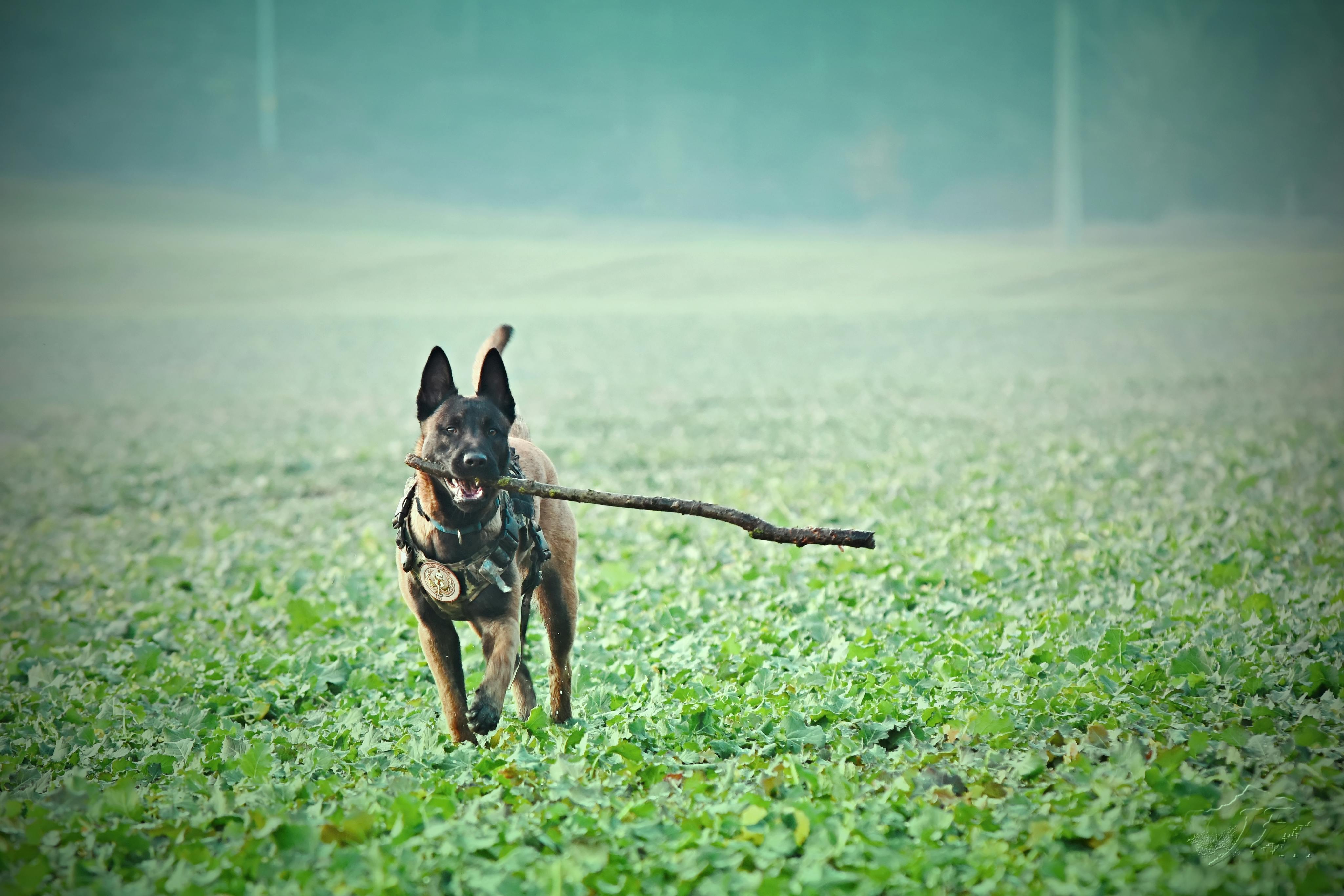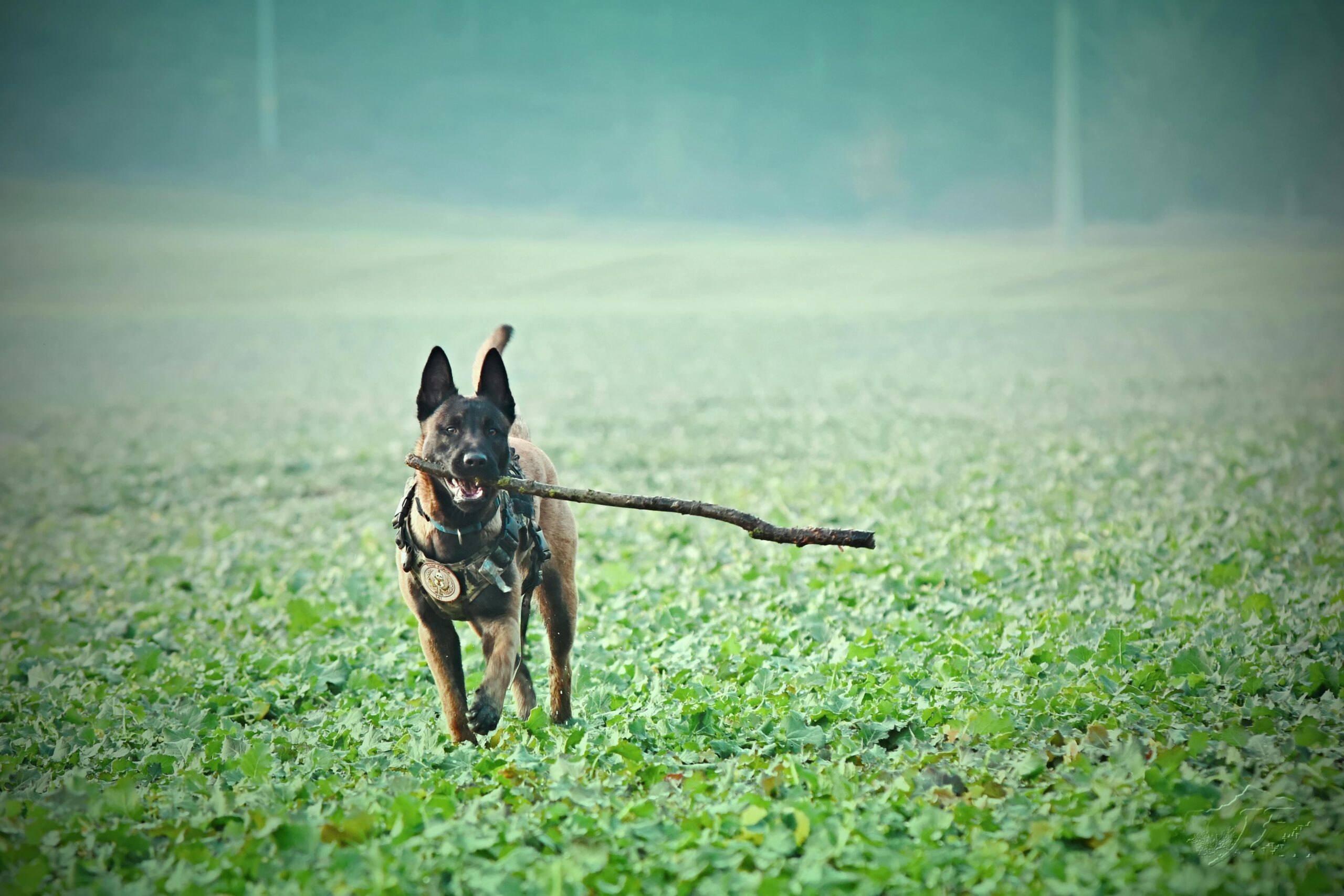Mastering Heeling Stick Dog Training Techniques
Dog owners seeking greater control and discipline during walks often overlook one of the most effective tools available: the heeling stick. In today’s world of modern dog training, achieving reliable obedience and a calm walking companion is more important than ever. This article will explore how heeling stick dog training can transform your relationship with your pet, detailing methods, tools, benefits, and best practices to ensure lasting success.

Understanding the Fundamentals
The concept of heeling stick dog training revolves around precision, control, and communication. The heeling stick itself is not used for punishment but as a guiding and signaling tool to improve the dog’s response during leash training. Rooted in traditional obedience training, it has been adapted for humane and effective practices in today’s pet care culture.
Understanding this technique is essential because it enables more meaningful engagement between you and your dog. By aligning movements and expectations, both trainer and canine achieve better cohesion during walks or training sessions.
1.1 Communication Through Pressure and Space
One of the primary uses of the heeling stick is to communicate using spatial pressure. For example, tapping the ground or gently blocking space with the stick helps guide the dog into the heel position without verbal cues. Studies show that dogs respond quickly to consistent spatial commands when paired with positive reinforcement.
This method is especially effective for high-energy breeds or those prone to distraction. A common misconception is that the stick is used for punishment—however, it is strictly a guiding device, similar to a shepherd’s crook or horse training whip used with finesse.
1.2 Establishing Leadership Without Force
Unlike choke chains or harsh leash corrections, heeling stick dog training emphasizes leadership through calm, assertive presence. It shares similarities with leash and prong collar techniques but provides greater control over body positioning.
In practical terms, using a heeling stick builds trust. Dogs learn to respond to non-verbal cues, improving focus and minimizing overreactions to stimuli. This method is favored by many professional trainers because it blends physical cues with respect-based methods.
Practical Implementation Guide
To apply heeling stick techniques effectively, start with basic obedience principles. Dogs should understand commands like “sit,” “stay,” and “heel” before adding the stick. Expect gradual results over several weeks, with clear milestones to measure progress.

2.1 Actionable Steps
- Step 1: Begin in a distraction-free environment. Hold the heeling stick on the side opposite your leash hand. Gently guide the dog into position beside you using the stick as a spatial marker.
- Step 2: Use simple tools: a 4-6 ft leash, training treats, and a soft-touch heeling stick. Avoid retractable leashes or harsh correction collars during initial training.
- Step 3: Track weekly progress. Set clear milestones such as walking five minutes without pulling, ignoring distractions, or maintaining eye contact during commands.
2.2 Overcoming Challenges
Common obstacles include initial resistance, fear of the stick, and overcorrection. Address these by desensitizing your dog to the tool—let them sniff it, touch it gently, and associate it with treats before use.
Expert tips include:
- Never strike or jab the dog with the stick.
- Keep sessions short (10–15 minutes) and consistent.
- Use verbal praise immediately after the correct behavior.
Watch for signs of stress like tail tucking or avoidance, and take a step back if necessary. Patience and repetition are key.
Advanced Applications
Once your dog reliably heels on command and remains focused around distractions, you can explore more advanced techniques using the heeling stick. These applications include group training, off-leash transitions, and working-dog drills.

3.1 Off-Leash Mastery
For off-leash reliability, the heeling stick becomes a tool for distance signaling. Start by increasing the distance between you and your dog in a controlled area. Use the stick’s movement to guide without leash assistance. Case studies in competitive obedience show that dogs trained with spatial tools retain commands longer and respond faster.
3.2 Integrating with Agility and Obedience Routines
The heeling stick can also complement agility drills by maintaining position between obstacles. It supports discipline without vocal distraction and enhances timing. Compatibility is highest when paired with reward-based training, particularly in sports dogs or service animals.
Future Outlook
The field of dog training continues to evolve with smart tools and AI-assisted devices, but foundational techniques like heeling stick dog training remain timeless. Innovations include hybrid tools combining clickers and spatial aids for better engagement.
Over the next 3–5 years, expect growth in demand for hands-free training tools, professional workshops, and virtual coaching programs. To stay ahead, dog owners should invest time in mastering core training skills before relying on tech solutions.
Conclusion
To recap, heeling stick dog training provides:
- Enhanced communication and body awareness
- Improved walking manners and focus
- Gentle correction without fear or force
This method offers a bridge between beginner and advanced dog obedience, making it a top choice for serious trainers and everyday pet owners alike.
Take the next step: Try incorporating a heeling stick into your daily walks. Commit to two weeks of focused sessions, and observe the transformation in your dog’s behavior.
Frequently Asked Questions
- Q: What is a heeling stick used for in dog training? A heeling stick helps guide a dog into position and maintain focus without using force, especially during leash walks.
- Q: How do I start heeling stick training? Begin with short, focused sessions in a quiet area. Introduce the stick gradually, rewarding correct positioning.
- Q: How long does it take to see results? Most dogs show improvement within 2–3 weeks, depending on their age, temperament, and consistency of training.
- Q: Is this method expensive? No. Heeling sticks typically cost between $10 and $30. The real investment is time and consistency.
- Q: How does this compare to clicker training? Clicker training builds positive associations with sound cues. Heeling sticks provide spatial feedback—both can be complementary.
- Q: Is this difficult to learn for beginners? Not at all. With basic knowledge of dog behavior and patience, any dog owner can apply these methods successfully.
- Q: Can this be used in professional settings? Yes. Heeling sticks are widely used by trainers, handlers, and dog sport competitors to refine behavior and positioning.
